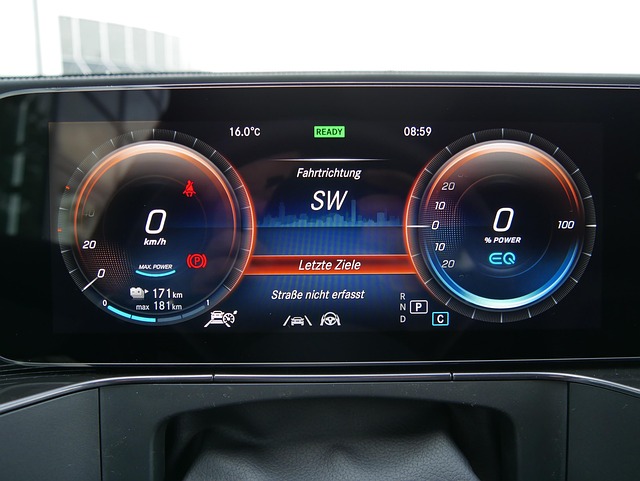Embracing Sustainable Development in the Mobility Sector
As our cities grow and traffic intensifies, the call for sustainable development in the Mobility industry becomes louder than ever. We all yearn for streets where the hum of electric motors replaces the roar of combustion engines, where commuting feels lighter on the planet and on our hearts. Driven by a shared passion for innovation in mobility, engineers, designers, and city planners are rewriting the rules of urban transport to meet the needs of future generations. This shift toward sustainable development isn’t just a buzzword—it represents a collective promise to reshape how we move, live, and connect.
Reducing the Ecological Footprint of Daily Commutes
Our daily commute leaves an ecological footprint that extends well beyond asphalt and exhaust fumes. Every mile traveled in a traditional vehicle carries a hidden environmental cost. By choosing alternative modes like electric bicycles, shared e-scooters, and fully electrified buses, individuals can drastically shrink their carbon emissions while enjoying smoother, more efficient journeys. The key is empowering people to feel that every trip they take contributes to a greener tomorrow, forging a stronger bond between personal choices and planetary health.
Advancing Green Technologies for Cleaner Roads
From next-generation battery chemistries to hydrogen-powered fuel cells, green technologies are rewriting the narrative of transportation. Solar roofs on electric buses, regenerative braking systems, and smart-grid charging stations are transforming the way vehicles consume and conserve energy. These innovations in mobility prioritize resource efficiency—capturing kinetic energy, harnessing renewable power, and integrating seamless connectivity to optimize every ride. The result? Cleaner air in our neighborhoods and a sharper focus on long-term resilience.
Striving for Carbon-Neutral Transportation
Achieving carbon neutrality in mobility means more than offsetting emissions—it demands a systemic overhaul. Fleet operators are investing in 100% electric vehicle lineups, while cities are designing bike lanes and pedestrian zones that encourage low-carbon travel. Collaboration between public agencies, private enterprises, and local communities is vital to building charging infrastructure and incentivizing green choices. By uniting under the banner of carbon-neutral goals, we can create transport networks that honor both people and the planet.
In this era of rapid change, the spirit of innovation in mobility guides us toward a future where moving from point A to B enriches life rather than depleting it. Every sustainable design, every efficiency gain, and every green technology brings us one step closer to redefining mobility for generations to come.




